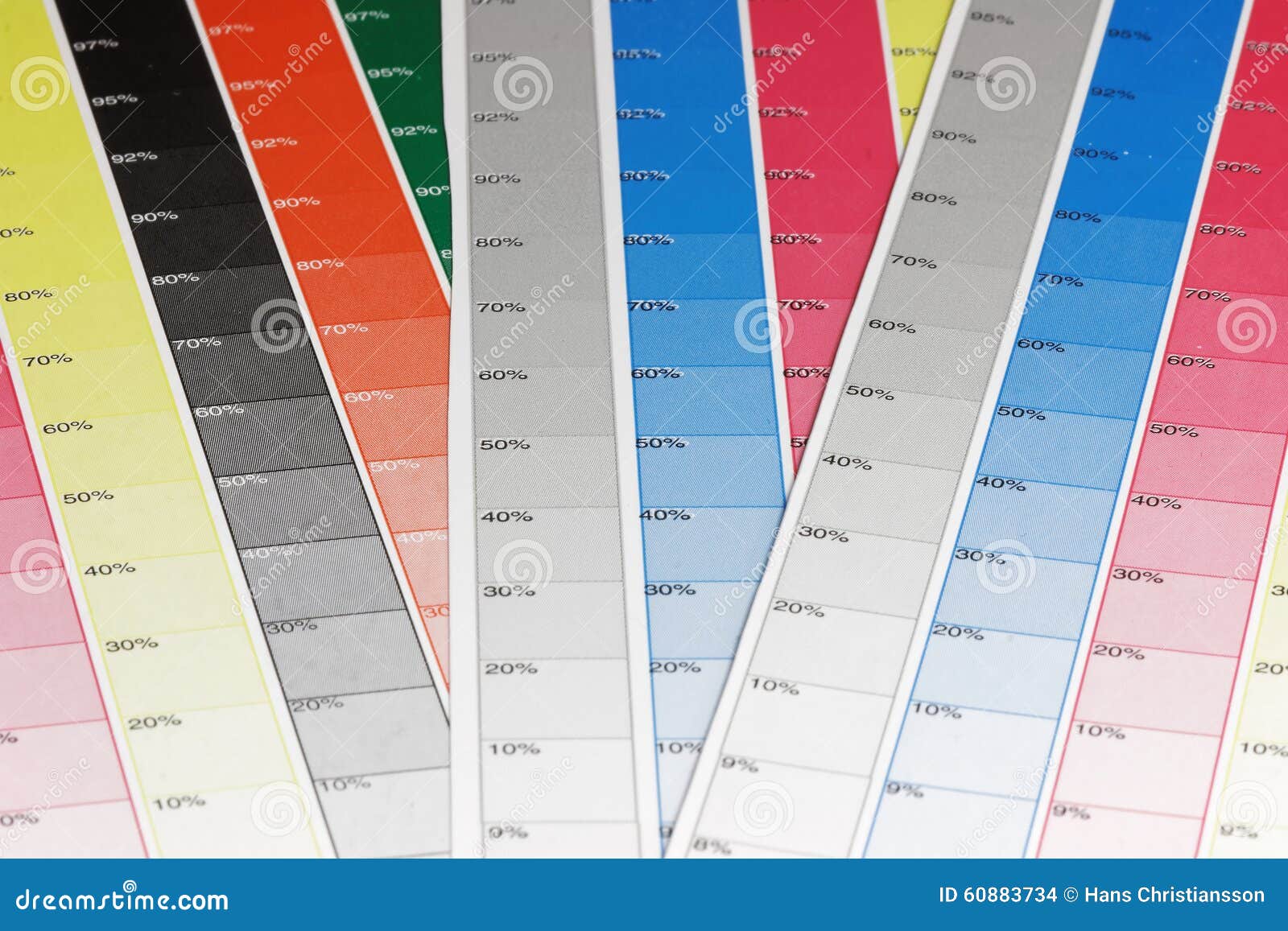

Most displays have the option to change the color temperature or white point setting. This includes settings such as contrast enhancement, digital noise reduction, dynamic backlight control, motion interpolation, LED local dimming etc. The following step will seem counterintuitive, but turn off all picture enhancements and other gimmicks. We shall do that later with the aid of calibration test patterns. Don’t worry about getting things perfect at this juncture.

Reduce the contrast setting to 70 percent. This number might seem arbitrary, but the optimal brightness setting (luminance value of approximately 120cd/m2 for a typical display) for most displays is around this mark. Dial the brightness setting of your display down to 35 percent. Setting the computer’s resolution to that of the display is essential for accurate results.

Dialing in Your Display’s Settingsįirst and foremost, you must figure out the native resolution of your monitor. dev.Read on to learn how to optimally calibrate your display with nothing more than your eyes and freely available calibration tools. %timeit df = df.Set.map(lambda x: 'red' if x = 'Z' else 'green')ģ97 ms ± 101 ms per loop (mean ± std. %timeit df = np.where(df='Z', 'red', 'green') %timeit df = 'red' df.where(df='Z','green')

Performance comparison from import pandas as pdĭf = pd.DataFrame() # Replace values where the condition is TrueĪlternatively, you can use the method transform with a lambda function: df = df.transform(lambda x: 'green' if x = 'Z' else 'red') # Replace values where the condition is Falseĭf = df.mask(df='Z', other='green') You can use pandas methods where and mask: df = 'green'ĭf = df.where(df='Z', other='red') Nested if_else: df = define(df, color=if_else( It is also possible to use plydata to do this kind of things (this seems even slower than using assign and apply, though). Simple example using just the "Set" column: def set_color(row):ĭf = df.assign(color=df.apply(set_color, axis=1))Įxample with more colours and more columns taken into account: def set_color(row): The following is slower than the approaches timed here, but we can compute the extra column based on the contents of more than one column, and more than two values can be computed for the extra column.


 0 kommentar(er)
0 kommentar(er)
